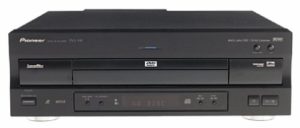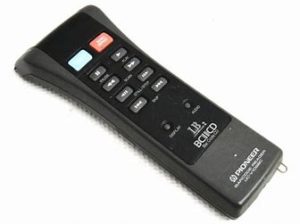

In 1970 Congress amended the Federal Rules of Civil Procedure to allow the use of non-stenographic means for recording depositions which began the advent of the use of video designations in the courts [1] From the 1970s until the early 1990s, the only forms of trial presentation technology utilized by litigators was either foam core blow-ups and/or the playing of video evidence with VHS tapes and large televisions. For a short period of time in the early 1990s barcode access laserdiscs allowed the instantaneous presentation of evidence (documents, photos, videos, impeachment deposition testimony). This technology was limited in the amount of impeachment video (30 minutes maximum per disc) and the resolution was limited to approximately 425 lines of resolution. Since the mid-1990s trial presentation technology has included computer-based presentation software that allows instant access to all forms of evidence – exhibits, photos, video, audio, videotaped depositions and PowerPoint decks. As the technology behind the evidence and demonstratives have advanced, the skillset required for successful trial presentation has increased greatly. The complexity of file formats, computer equipment, video devices, software, and courtroom setups now require a specialized trial technology consultant role to conduct a trial that meets the expectations of the modern juror.
[1] FED. R. Civ. P. 30(b)(4).